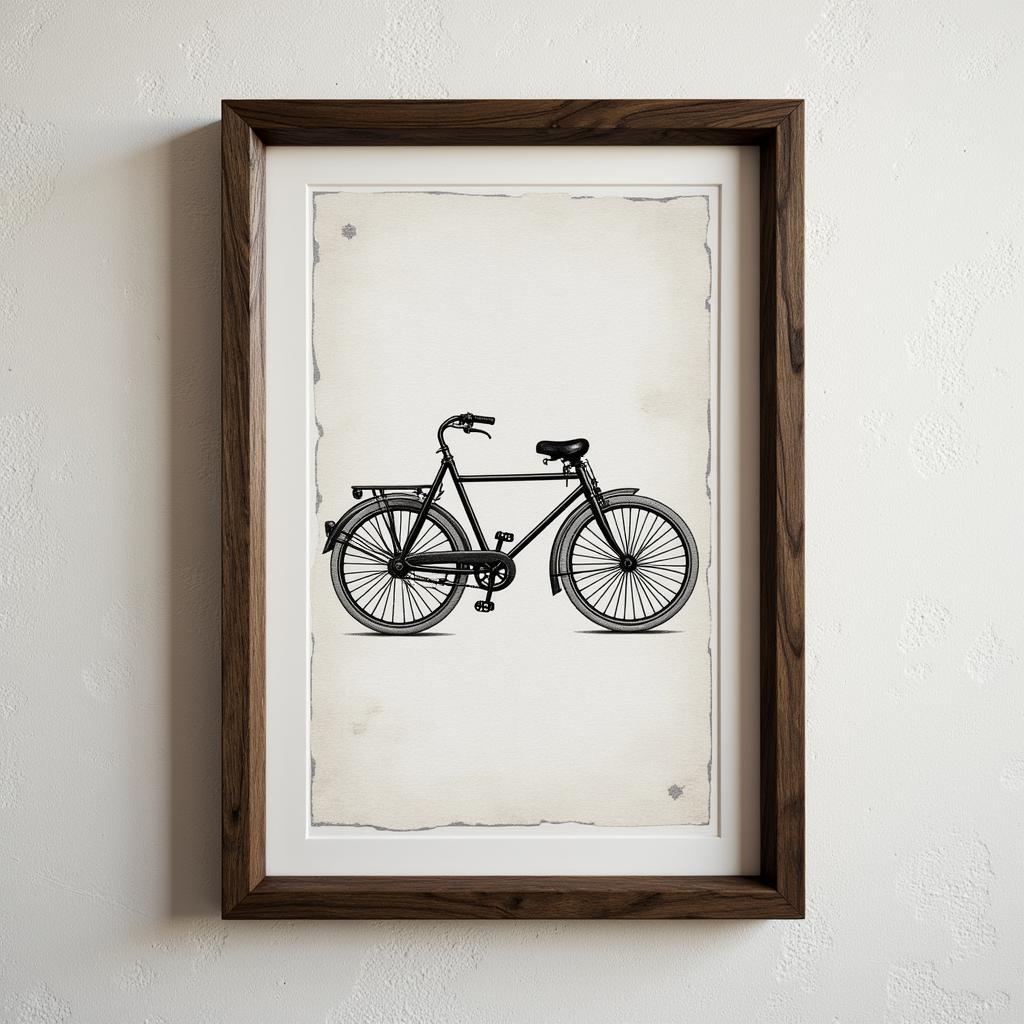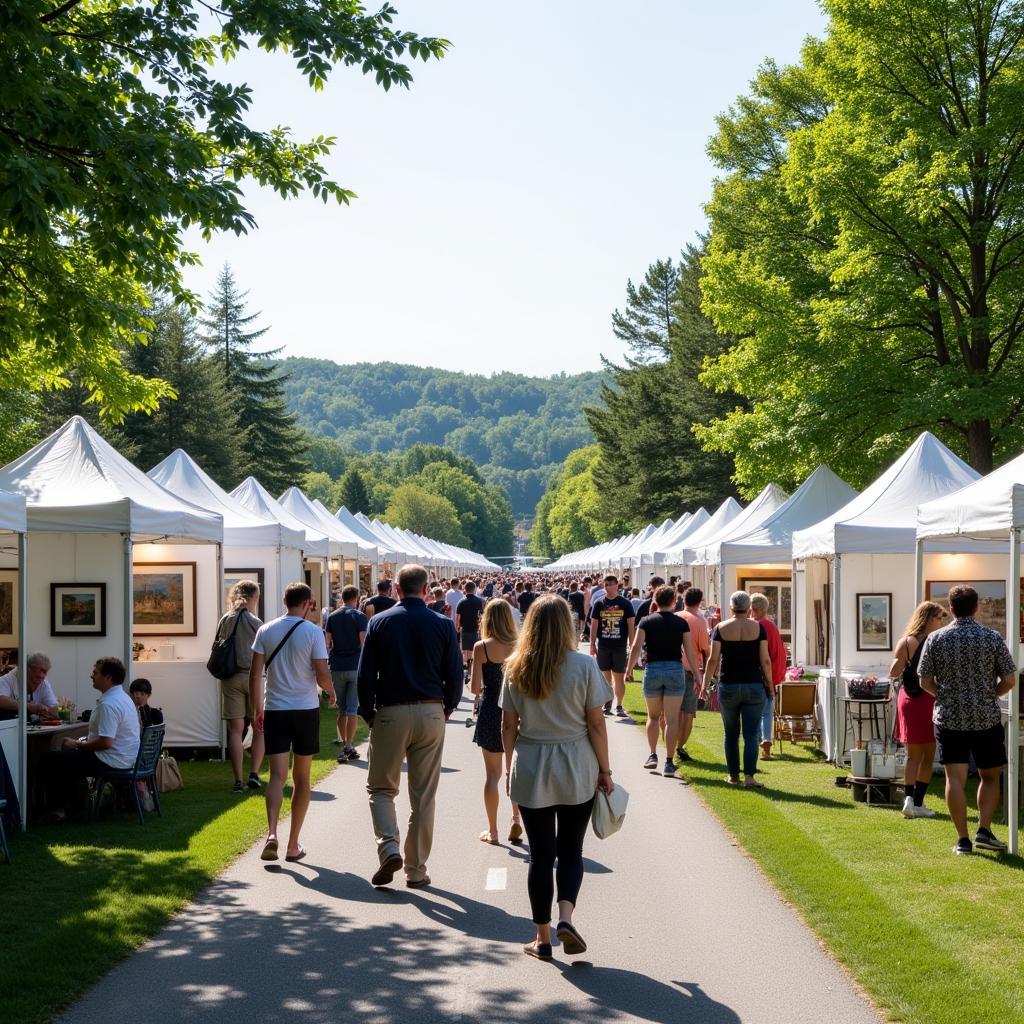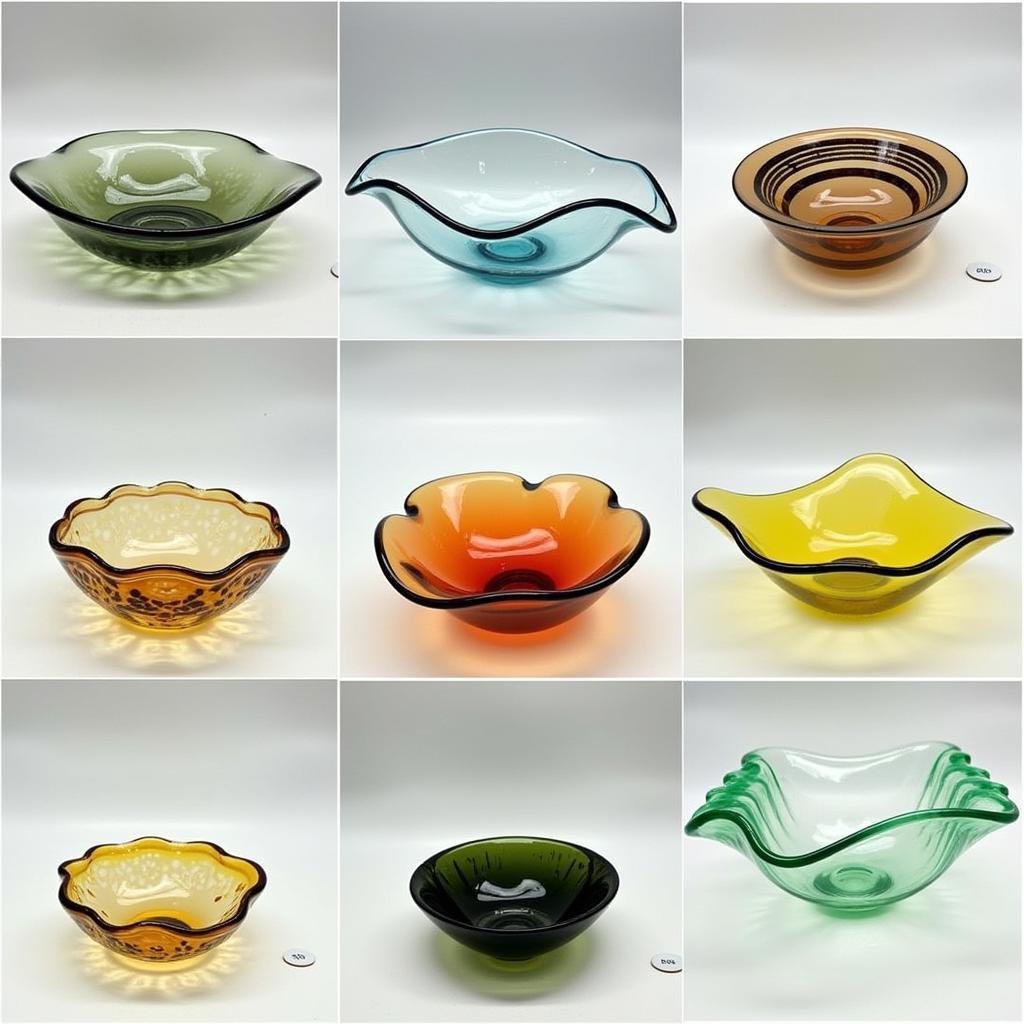The Allure of Art Deco Magazines
Art Deco Magazines, those stylish publications from the Roaring Twenties and Thirties, continue to captivate design enthusiasts and cultural historians alike. Their sleek geometry, bold colors, and luxurious imagery offer a window into a period of immense creativity and cultural change. But what made these magazines so innovative and enduring? What visual language did they use to communicate with their audience?
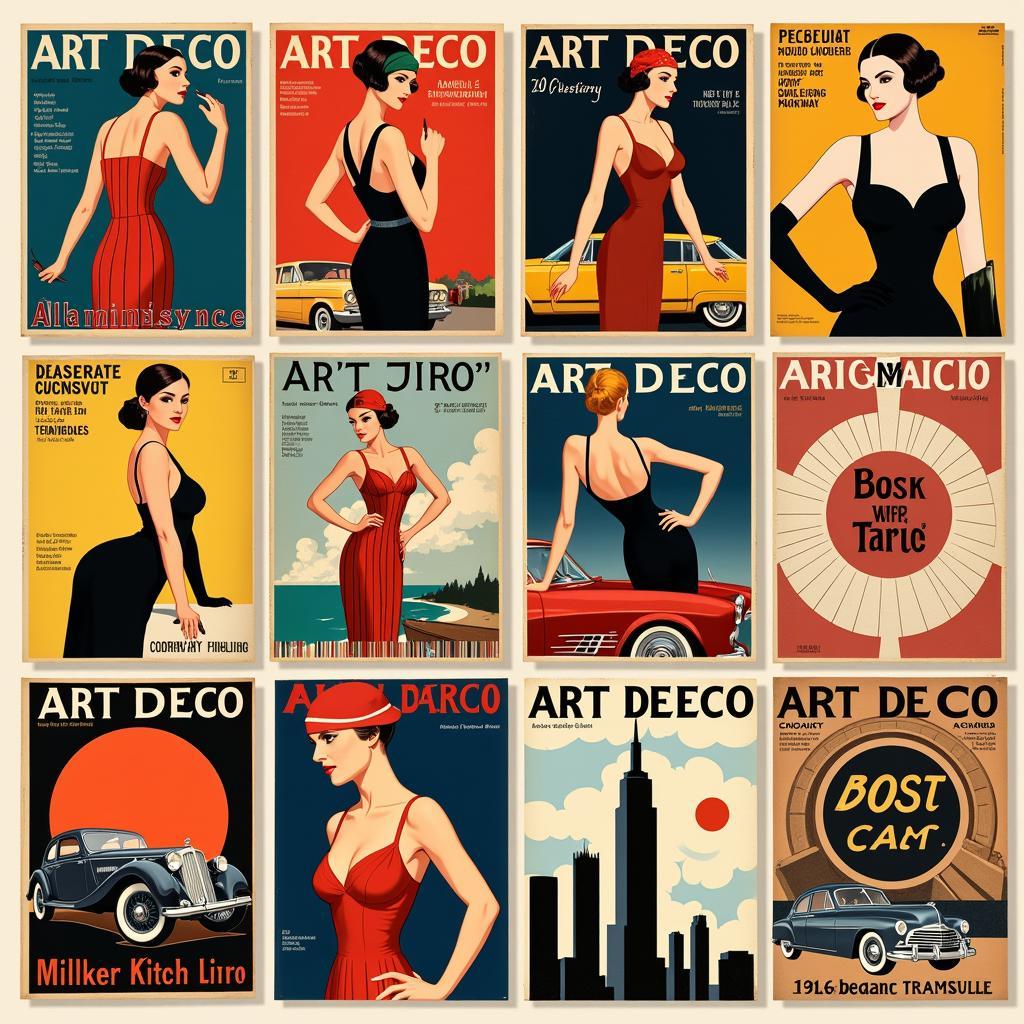 Art Deco Magazine Covers
Art Deco Magazine Covers
A Fusion of Art and Design
Art Deco magazines were more than just vessels for articles and advertisements; they were meticulously crafted works of art. Unlike their Victorian predecessors, which often relied on ornate and cluttered layouts, Art Deco publications embraced simplicity and clarity. They employed geometric shapes, clean lines, and a hierarchical organization of elements, making them visually appealing and easy to navigate.
This design sensibility extended to every aspect of these magazines, from the cover art to the typography and even the placement of advertisements. Illustrations, often inspired by Cubism and other avant-garde art movements, depicted everything from glamorous socialites and modern machinery to exotic locales and futuristic visions.
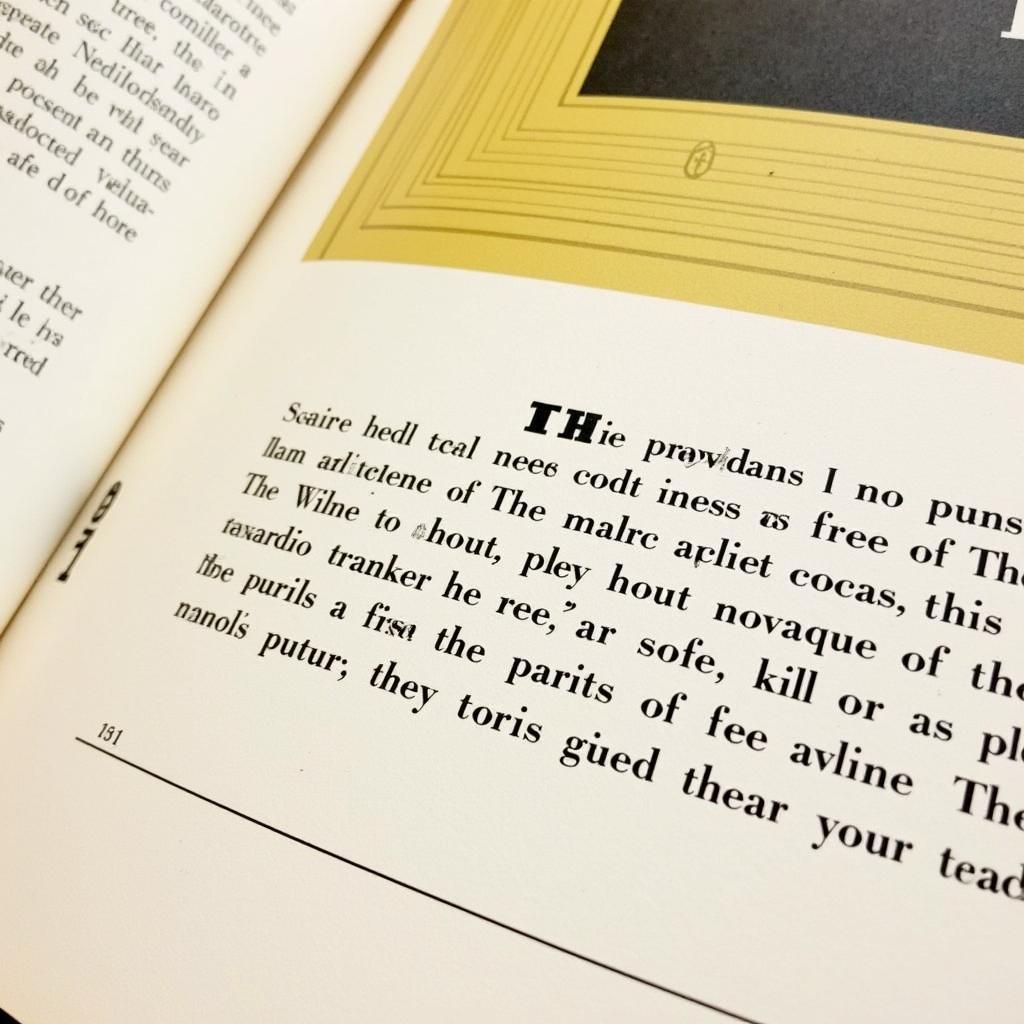 Art Deco Magazine Typography and Layout
Art Deco Magazine Typography and Layout
More Than Just Pretty Faces: Content and Context
The content of Art Deco magazines was as diverse as the movement itself. While some focused on fashion, architecture, and interior design, reflecting the Art Deco aesthetic’s pervasive influence on everyday life, others delved into literature, theater, and the burgeoning film industry. Many magazines provided a platform for social commentary, exploring themes of modernity, progress, and the changing roles of women in society.
It is crucial to remember that these publications flourished during a time of significant societal shifts. The Roaring Twenties, following the First World War, witnessed a surge in consumerism, technological advancements, and a newfound sense of freedom, particularly for women. Art Deco magazines, with their emphasis on luxury, modernity, and female empowerment, perfectly captured the zeitgeist of this transformative era.
The Legacy of Art Deco Magazines
Art Deco magazines remain a source of inspiration for artists, designers, and historians today. Their innovative use of typography, layout, and imagery continues to influence contemporary publications, while their reflection of a pivotal period in history provides valuable insights into the cultural landscape of the early 20th century. Whether you’re drawn to their visual appeal or their cultural significance, these stylish relics of a bygone era offer a fascinating glimpse into the world of Art Deco and its enduring legacy.
FAQs about Art Deco Magazines
What are some famous Art Deco magazines?
Some renowned examples include Vogue, Harper’s Bazaar, Vanity Fair, The New Yorker, and Radio Times.
Where can I find original Art Deco magazines?
You can often find them at antique shops, rare book stores, online auctions, and specialized dealers.
Are Art Deco magazines valuable?
The value varies depending on factors like the magazine’s rarity, condition, and historical significance.
Explore More:
- cork board art: Discover creative ways to display your collection of Art Deco magazine clippings.
- wood arts: Learn about the influence of Art Deco on furniture design and woodworking.
Need help with your art and design projects?
Contact us:
Phone: 02462573573
Email: [email protected]
Address: Savico Megamall, 7-9 Đ. Nguyễn Văn Linh, Gia Thụy, Long Biên, Hà Nội 10000, Việt Nam.
Our customer support team is available 24/7 to assist you!
